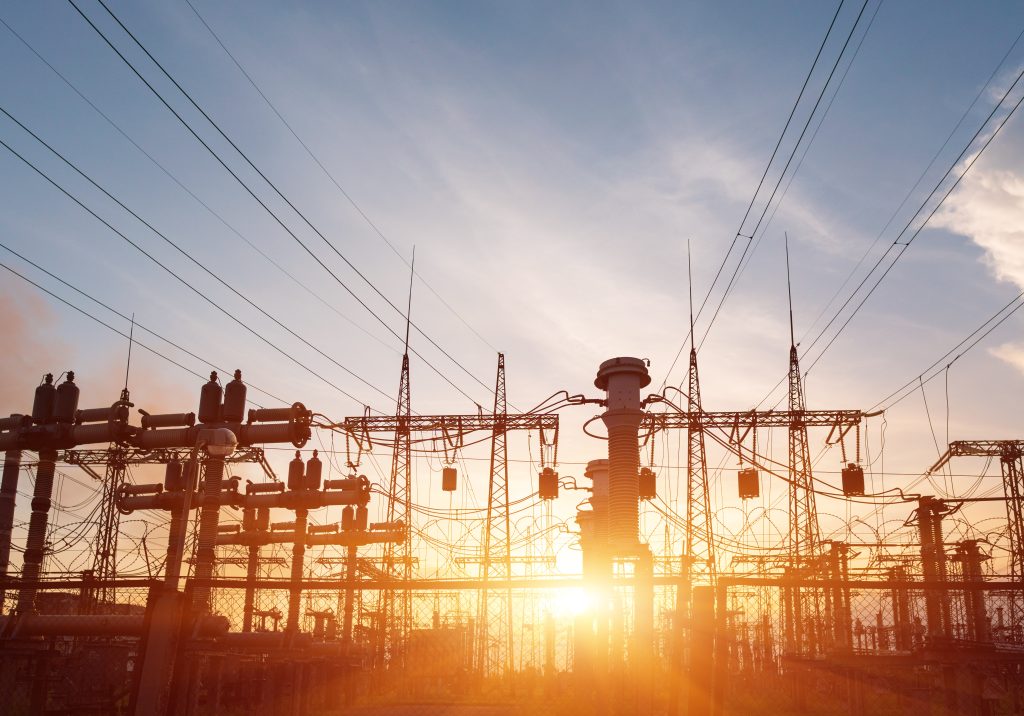Electricity reaches your home through a complex distribution system starting at power plants generating electricity. From there, electricity travels over high-voltage transmission lines that carry it across long distances to substations where the voltage is reduced. These substations then distribute electricity through lower-voltage distribution lines that extend into neighbourhoods and communities. Transformers lower the voltage to a level that can be used in your home, typically stepping it down to the standard household voltage. Finally, the electricity travels through the service line to your home’s electrical panel, from where it is distributed to outlets and appliances. This network ensures that electricity generated miles away lights up your home and powers your devices.

Power blackouts, the complete absence of electrical power in a specific area, can be triggered by several factors. Natural disasters such as hurricanes, tornadoes, and severe thunderstorms are common culprits, often causing physical damage to the power infrastructure, like downed power lines and damaged transformers. Equipment failure is another significant cause; as power systems age, they become more susceptible to malfunctions, leading to widespread outages. Human error during maintenance or construction work can inadvertently disrupt the power supply as well. Additionally, overloads on the electrical grid during peak usage times can exceed the power supply, causing blackouts. Grid operators and utility companies work to monitor and manage these risks, but the complex nature of electrical infrastructure means that completely preventing blackouts can be challenging. These entities prioritize rapid response and restoration efforts to minimize the impact on affected communities. Understanding the diverse causes of power blackouts is essential for preparing and responding effectively when they occur, ensuring safety and reducing inconvenience during these events.
Electricity can travel through air under certain conditions, primarily when the electrical potential difference (voltage) between two points is high enough to ionize the air and create a conductive path. This phenomenon is seen in nature as lightning, where a high voltage difference between clouds and the ground, or within clouds, causes electricity to discharge through the air. In man-made systems, sparking or arcing can occur when high voltage causes the air between conductors to become ionized. However, air is generally an insulator, and under normal conditions, it resists the flow of electricity. Electrical engineers use insulating materials and careful design to prevent unintended arcing in electrical equipment. Thus, while electricity can technically travel through air, it requires conditions that overcome air’s natural resistance to electrical flow.
The average price for electricity in the province has been higher than in previous years, with 2023 being no exception. This price hike can be attributed to several factors, including changes in supply and demand, weather patterns, and global market fluctuations.
One major factor contributing to the high cost of electricity in Alberta is the province’s reliance on natural gas as a primary energy source. As the price of natural gas increases, so too does the cost of electricity generated by gas-fired power plants. In addition, the province has experienced some extreme weather events recently, including wildfires and floods, which have disrupted power generation and transmission infrastructure, leading to higher costs.
There are also several local and federal policy factors, such as the provincial carbon tax, which has increased the cost of fossil fuel-based energy sources. This policy aims to incentivize the transition to renewable energy sources, which are generally cheaper and more sustainable in the long run.
Energy companies are entities that specialize in the production, distribution, and sale of various forms of energy, including electricity, natural gas, oil, and renewable energy sources. These companies play a vital role in meeting the energy demands of consumers, businesses, and industries. They invest in exploration, extraction, and refining processes to obtain fossil fuels like oil and natural gas, which are crucial for powering transportation, heating, and electricity generation. These companies often operate extensive infrastructure, including power plants, pipelines, and transmission networks, to efficiently deliver energy resources to end-users.
Signing up for electricity with Peace Power is easy! Go to our website Peacepower.ca and click on the “sign up ” button. Follow the prompts and you will be all set up in no time.
Coal has historically been a major energy source in Alberta, contributing significantly to electricity generation. However, there has been a shift towards cleaner energy sources in recent years, driven by environmental concerns and government policies. Alberta is gradually reducing its reliance on coal in favour of natural gas and renewable energy sources.
Links